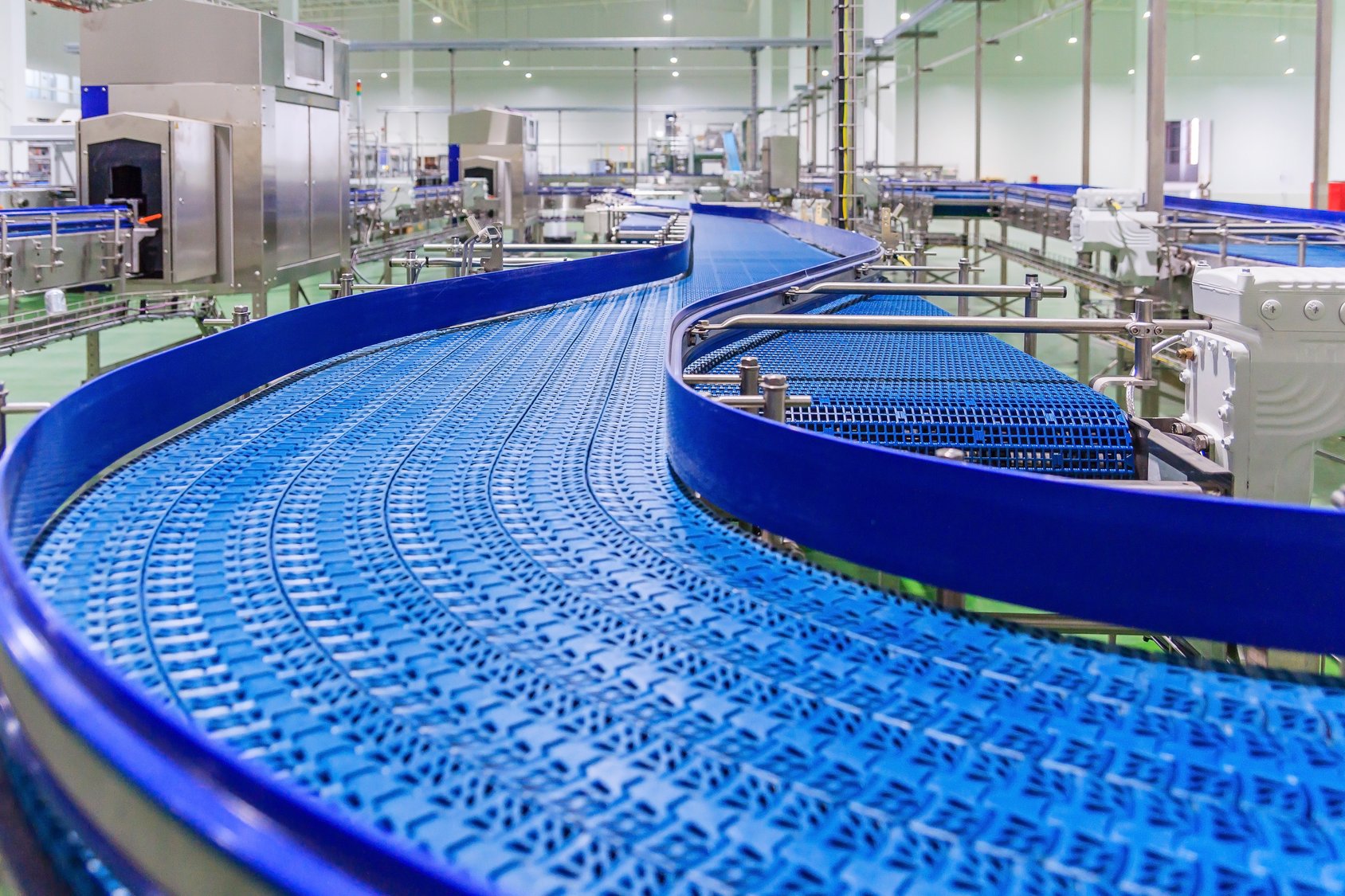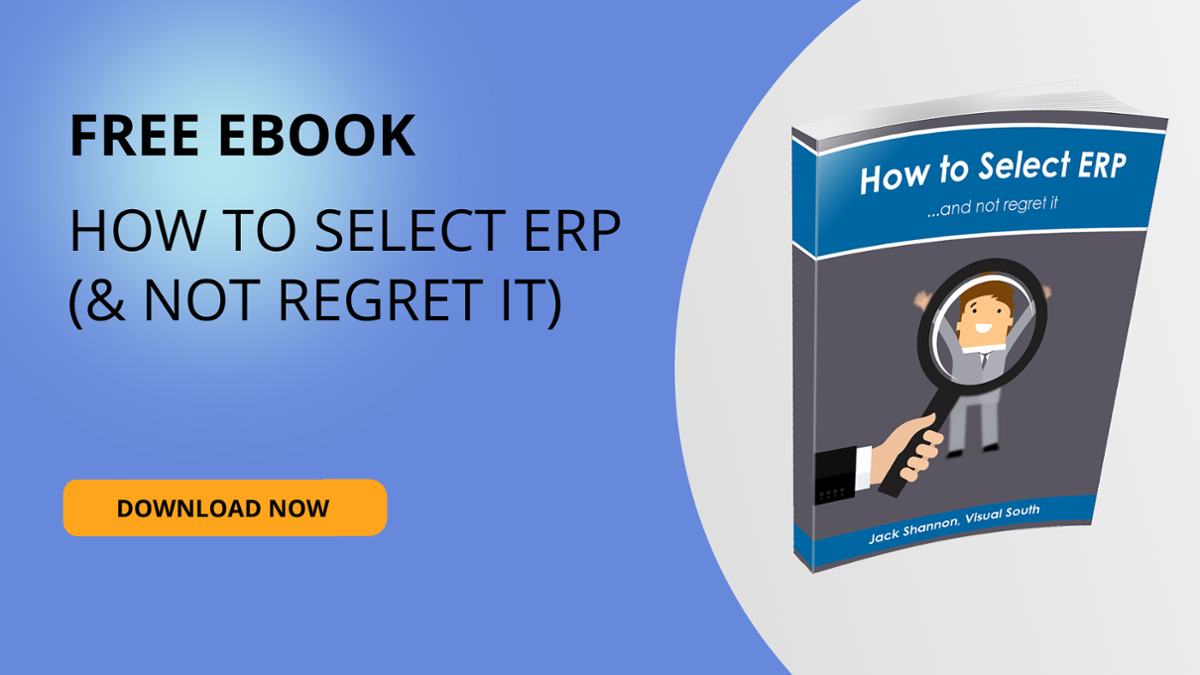“Software first” is the wrong strategy
If you search the term “manufacturing erp,” the results show many articles that tout the best, or the top [insert number here] manufacturing ERP packages. I understand that this is advertising and there is only so much space to proclaim, “Look at us!” However, I see this “software first” mentality live through the sales cycle and even drive manufacturing ERP selection decisions. A software’s functionality should not be the first criteria when selecting a manufacturing solution. At best, it’s the second criteria. (In fact, I will make a case it’s actually tied for second.) I’ve spent over 35 years using, implementing, or selling manufacturing ERP, so I’ve learned a few things along the way. Read on and I’ll share them with you.
The first criteria
If you are considering buying manufacturing ERP software, why wouldn’t its functionality be the first criteria for choosing the right package? Shouldn’t you purchase the best manufacturing ERP? Sure, but there is no “best” manufacturing ERP software. There is a best fit for you, though. To find which package is best for you, the first criteria should be based on what you are trying to solve. In other words, what business issues does the manufacturing ERP need to address? Once that is defined, you have a standard to judge all manufacturing ERP functionality against.
If you are house shopping, do you look for the best house, or the best house for you? If your only criteria is finding the best house, you could end up with the wrong house because it had a feature you really liked. Most people look for the best house that fits their needs, using criteria like:
- Budget
- Location
- Number of bedrooms/bathrooms
- House size
- Lot size
- Quality of schools
Choosing the best house is easier with these criteria as your baseline, because the needs are defined. If more than one house fits your criteria, you would include additional criteria to make your final decision.
Get into that same mentality when looking for manufacturing ERP. Define your needs and the problems you want to solve. All problems aren’t created equal, so prioritize the list and this becomes your first criteria.
The second criteria
Now that you have an understanding of what you are looking for, the software system itself can become your second criteria. Focus on the top three to five business issues you identified above to initially judge the potential manufacturing ERP solutions. If the solutions can’t solve your top issues, does the other functionality even matter? I would suggest it doesn’t. A great house that is two hours away from your job isn’t a great house, even if it does have a swimming pool. It might feel great buying it, but there will be regrets in the near future. Regrets that are costly to fix.
Same with your manufacturing ERP decision. If you follow my advice, you’ll have a list of criteria on which to judge the potential solutions. Stick with that list. Don’t be swayed by cool features; be swayed by solutions that solve your business issues. After all, that’s probably why you started looking for a manufacturing solution in the first place.
Related: A Straightforward Comparison of Infor ERP Products
Tie for second place
I mentioned earlier I would make a case for why software is tied with something else for the second criteria. It’s tied with the implementation team you would be working with. After all, it’s not a solution until it’s implemented. Buying manufacturing ERP does not solve your business issues. Trained employees using the manufacturing ERP properly solves business issues. That’s why the implementation team is just as important as the software and you need to evaluate the strength of that team when choosing the right solution for your company.
Related: Why Evaluating ERP Implementation Consultants is as Important as Evaluating ERP Software
Related: What We Look For in a Consultant at Visual South
I wrote a more in-depth white paper on how to choose the right manufacturing ERP. It’s about a 15-minute read; most find it very insightful. It should help bring clarity to your process. If you’d like to read it, click on the banner below.









